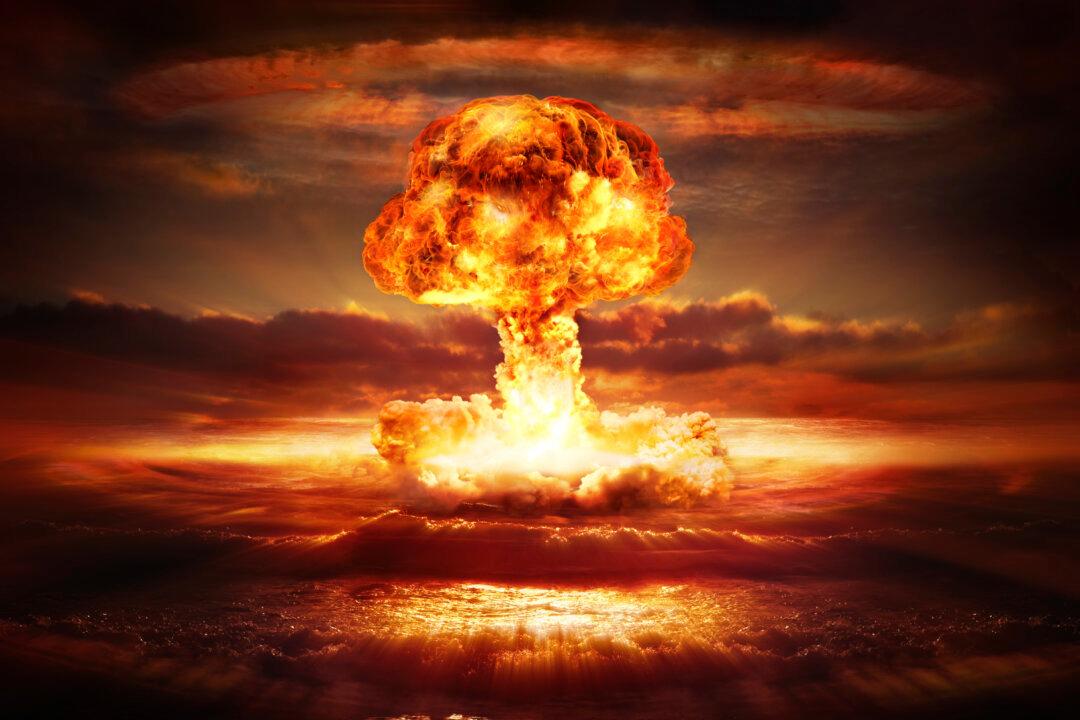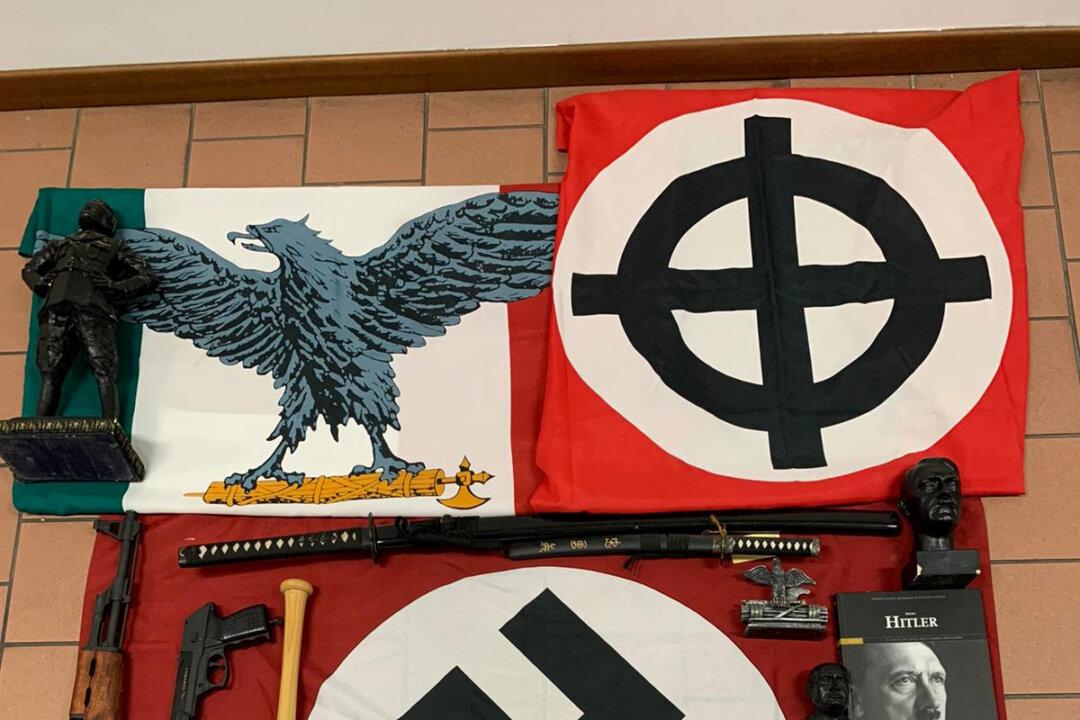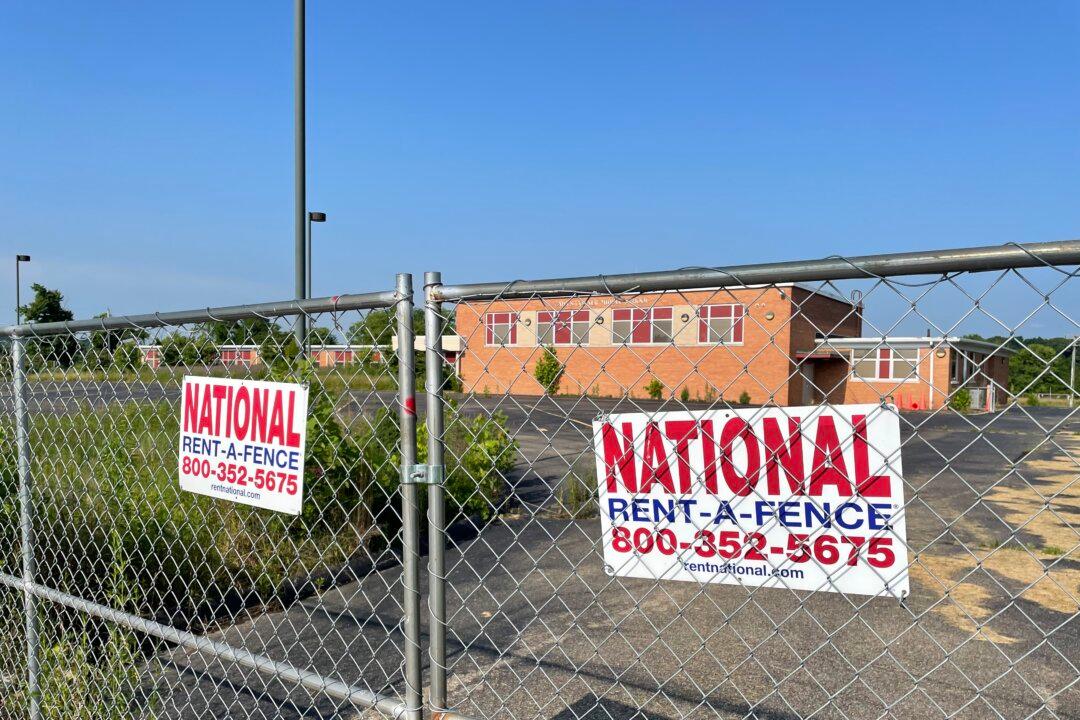Newly released government documents from the 1980s outline the devastation that would be wrought on the planet if nuclear superpowers went to war—which should serve as a reminder for policymakers to prioritize peace negotiations as the war in Ukraine rages on, according to Scott Horton, editorial director of Antiwar.com.
Horton told The Epoch Times on June 6 that the nuclear winter documents, released last week by the George Washington University-affiliated National Security Archive, come “with the American and NATO proxy war against Russia in Ukraine bringing the threat of war to its highest point since the 1962 Cuban missile crisis.”




